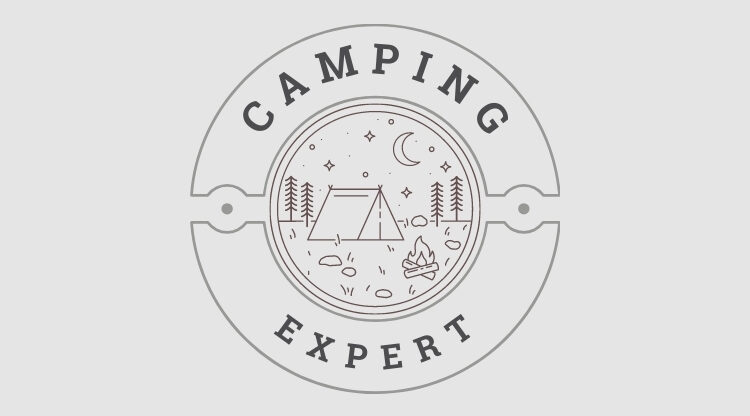No matter how clean and pure fresh water from a lake or stream appears to be, there is no guarantee that it is 100% pure and safe to drink untreated. There is no way of knowing what might have fallen into the water upstream and natural water sources make a good ‘home’ for invisible parasites like giardia and cryptosporidium. These kinds of bugs can originate from animal and even human faeces and, whilst they won’t kill you, they can make a camping trip highly unpleasant and have you literally running for the toilet every few minutes.
Boiling water
The surest way to make water safe is to boil it as that will kill any microorganisms contained within it. Firstly, you should bring the water to a rolling boil then continue boiling for a further minute or two. If your original source of water was muddy, it should be allowed to stand a while to allow any silt to settle to the bottom. Then, dip the clear water off the top and boil. If you’re doing this at a higher than normal altitude where the boiling point of water is lower, then you should continue boiling it for several minutes.
Purification tablets
As an alternative, you can also use water purification tablets. These contain iodine or chlorine and kill most waterborne bacteria, viruses and some, but not all, parasites. Because these parasites are not killed by purification tablets, you must also use a water filter. Most of the time a good water filter is all you’ll need. It’s a simple case of dropping the inlet hose into the water source, pumping away on the handle and then letting the water from the outlet hose run into your container.
The major drawback of water purification tablets, apart from the fact that they don’t kill 100% of all parasites, is that they can also lose their potency over time so it’s important to always maintain fresh supplies. Also, the treated water can sometimes resemble the taste of water you might inadvertently swallow down at your local swimming pool.
Water sanitizing tablets
Not to be confused with purification tablets, these are mainly used for washing dishes.
Water filters
Water filters basically do the job as well as is needed but if you want to go from ‘pretty safe’ to ‘really safe’ you can then add a few drops of a chlorine based treatment to your filtered water and let it stand for about 10 minutes just to be doubly sure. Don’t forget that aftertaste however!
Water purifiers
You can also combine both methods by buying a water purifier. They work via a two-part system. Firstly, water goes through a microfilter to remove larger organisms then it passes through an iodine resin system to safely eliminate all of the smaller organisms.
When comparing water filters and purifiers, be sure that the device you choose is 1 micron absolute or smaller. This is the measuring system which determines the size of the organisms it will safely dispose of and the lower the microns the better as that means more smaller microorganisms will be eliminated. More expensive filtering systems can be as low as .02 microns and the more costly purifiers can get rid of bacteria, viruses and other microorganisms as small as .004 microns.
